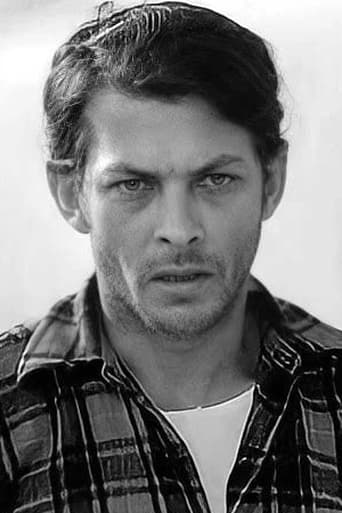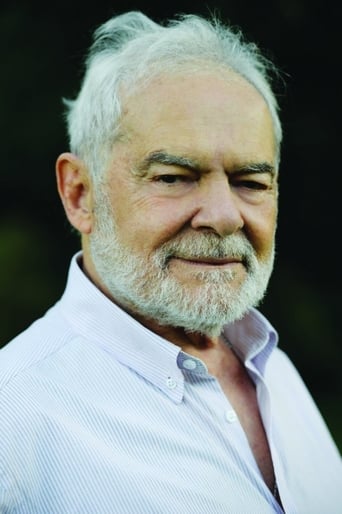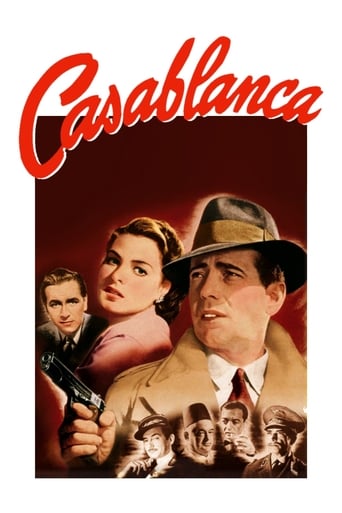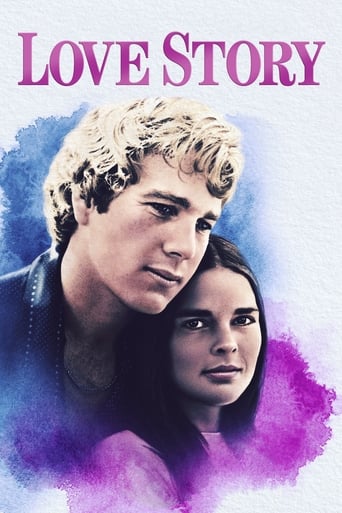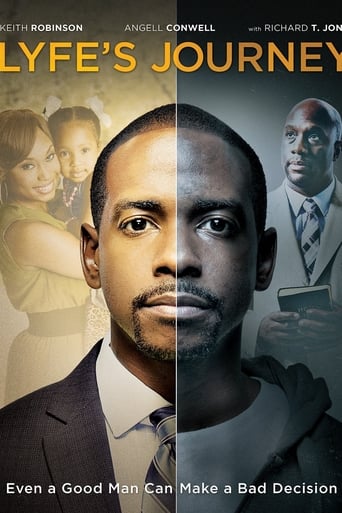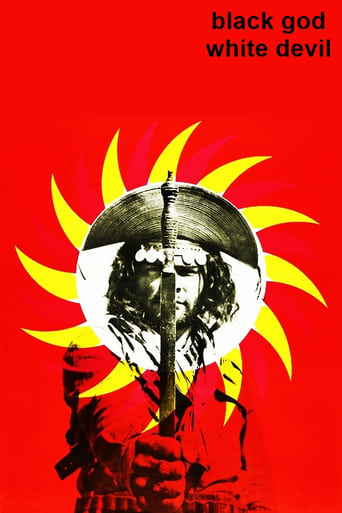
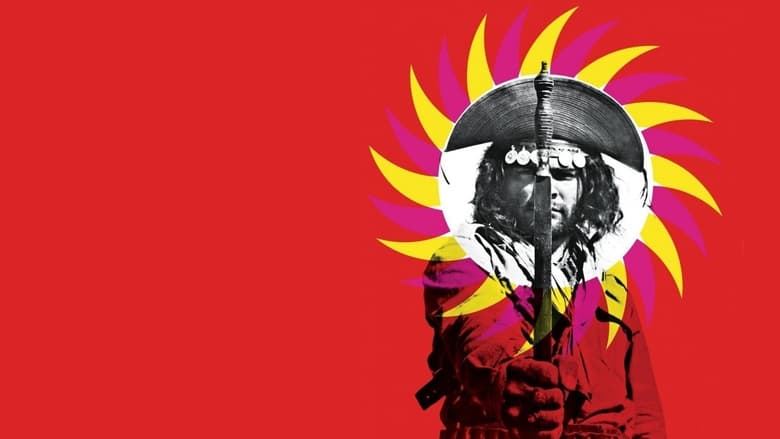
Black God, White Devil (2023)
Wanted for killing his boss, Manuel flees with his wife Rosa to the sertão, the barren landscape of Northern Brazil. Thrust into a primordial violent region, Manuel and Rosa come under the influence and control of a series of frightening figures.
Watch Trailer
Cast


Similar titles
Reviews
How sad is this?
Did you people see the same film I saw?
A Disappointing Continuation
It's easily one of the freshest, sharpest and most enjoyable films of this year.
I found this Brazilian / Portugese film in the book 1001 Movies You Must See Before You Die, it certainly had an interesting sounding title, so I was looking forward to seeing what it would be about, directed by Glauber Rocha (Entranced Earth). Basically set in the 1940s during another drought in the sertão (outback), common rural worker and ranch hand Manuel (Geraldo Del Rey) is dissatisfied with his current situation. He kills his boss when he tries to cheat him of his earnings, and he flees, leaving his wife Rosa (Yoná Magalhães), becoming an outlaw and descending further into a life of crime. Manuel joins up with self-proclaimed saint, in fact bandit and hired gunman Antônio das Mortes (Maurício do Valle), he condones violence, even at one point slaughtering a baby, and preaches disturbing statements of his plans or beliefs. Rosa also turns to a life of crime, and Manuel joins the gang of Antônio's sworn enemy, Corisco the Blond Devil (Othon Bastos), and the Pedra Bonita Massacre. Also starring Lidio Silva as Sebastiãn, Sonia Dos Humildes as Dadá, João Gama as Priest and Antônio Pinto as Colonel. This film blends together mysticism, religion and popular culture to create a symbolic and realistic drama, and one of the characters goes by the logic that man must determine his path by his own voice, I just remember this black and white film having quite a few dark moments and many longs takes and montages, it makes for an interesting crime drama. Good!
A film that rewards with repeated viewings, I appreciated the review by 'debblyst' which gives a close reading of a film & historical background that can test the patience on its first viewing. It's also clear how this film influenced film-makers like Leone.I loved the setting of the austere desert, almost biblical landscape, harsh, cruel and devoid of water (spirituality, humanity). The film doesn't possess a traditional narrative, but it is basically two lengthy sequences where the lead protagonist, Manuel, and his wife, Rosa, come under the influence of a false prophet and then a psychopathic revolutionary before heading into an uncertain future where a man must listen to his own voice. A film dominated by striking images such as the path up to Monte Santo, the massacre of the Monte Santo innocents & subversive images such as the shadow of Rosa's knife & das Mortes' gun crossing on the wall in an ironic reversal of the Communist symbol.The film is filled with many memorable characters such as the prophet Sebastian & his followers (Bergmanesque hysteria), the vengeful Corisco, the bounty-hunter, das Mortes, & Manoel & his wife Rosa - and the blind minstrel Julio. I also enjoyed the sung musical narration . The most memorable scene for me occurred early in the film: Manoel's vision of Sebastian and his followers. The rest of the film becomes a fable about disillusion, both spiritual & revolutionary. In the film, Manoel becomes entranced first by the mystic, revolutionary fervour of Sebastian, bordering on the hysteric, and then a willing accomplice in Corisco's crimes. Both Sebastian & Corisco manipulate Manuel into committing violent acts: the ritual murder of a child and the brutal emasculation of a young man. Disoriented by his experiences, Manuel can only exclaim: "Is the only way to get justice by shedding blood?"The film is about faith, fanaticism & extremes. In a world where the government & traditional Church suppress the poor, faith and revolutionaries offer hope, but, in turn, descend into extreme behaviour. Antonio das Mortes, the agent of conservative forces, also undertakes a journey of doubt, parallels Manuel.The story reminded me of Gabriel Garcia Marquez's 'One Hundred Years of Solitude' where the revolutionaries turn out to be as violent as the repressive government forces they fight against. 'Black God, White Devil' is probably best regarded as 'heightened cinema' akin to the 'magical realism' of Latin American literature.
"So I've told you a story/of truth and imagination/I hope you've learned the lesson/and see this world is unjustly divided/for the land belongs to man/not to God nor to the Devil". Thus sings the narrator of Glauber Rocha's astonishing, symphonic, revolutionary epic masterpiece that changed Brazilian cinema overnight, was enthusiastically praised by great international filmmakers (Buñuel, Pasolini, Bertolucci, Godard, Leone) and stormed Cannes in 1964. Glauber, just 23 at the time of filming, combines a wide range of influences (Eisenstein, Dovzhenko, Humberto Mauro, John Ford, Welles, Rossellini, cinema-vérité, Godard, Buñuel, Brecht, Marx, Frantz Fanon, Guimarães Rosa, José Lins do Rego, Euclides da Cunha, Villa- Lobos, Portinari, Brazilian Art Brut and Northeastern popular culture) to achieve a poetic, explosive, entirely unique style that bombards the screen with unforgettable images, sounds and political significance."Truth and imagination" are the keywords to the film. Inspired by actual events ("truth") raised to almost mythological heights ("imagination") by Brazilian pamphlet literature ("literatura de cordel") and folklore, the film follows poor peasant cowherd Manuel and his wife Rosa in their dire saga through the Brazilian "sertão" (the arid hinterland in the Northeast of Brazil), and their encounters with "God" -- personified by black prophet Beato Sebastião (who turns out to be a messianic madman) -- and the many "Devils", personified by "Blond Devil" Corisco, the very last of the "cangaceiros" (heavily armed bandits who terrorized the "sertão" and became popular anti-heroes, not unlike U.S. Wild West bandits); Antonio das Mortes, the mercenary headhunter hired by local politicians and priests to kill Corisco; and Moraes, the cattle owner who, by humiliating Manuel, finally brings forth Manuel's tempestuous reaction and subsequent journey into crime, religious fanaticism, tragedy and final enlightenment.The highlights are countless: the film's opening shots, with the fly-infested carcasses of dead cows and horses out of thirst and famine under the blazing sun; the slow-paced depiction of Manuel+Rosa's lives in abject poverty, their hard and repetitive work, their endless struggle against hunger and inclement weather; the extraordinarily inventive sung narration, in the style of the "cantadores" (minstrels) of the "sertão", setting all the action in motion and commenting on it; the electrifying montage of the Monte Santo massacre, a tribute to Einsenstein's iconic Odessa steps scene in "Potemkim", and just as riveting; the Monte Santo chapel sequence, as Manuel kills an innocent baby in ritual sacrifice only to suddenly realize the horror of blind religious fanaticism; Beato Sebastião, fatally stabbed by Rosa, deliriously crawling on the altar's big crucifix as he tries to place himself on the cross as a new Messiah; the expressionist scene where the shadows of Rosa's knife and Antonio das Mortes' rifle "touch" on the chapel wall, marking the birth of a new, doomed pact of blood and death; Villa-Lobos' famous Bachianas #5 vocalise dictating the pace of Corisco+Rosa's passionate kiss while the camera draws frantic circles around them; the Buñuelian power of the sequence where the wedding party turns into a nightmarish terror of merciless torture and rape.There's much more: Othon Bastos's amazing performance as Corisco, with his electric, restless body movements and thunderous voice ("Corisco" means lightning in Portuguese). There's a staggeringly bold conception in the scene -- partly influenced by Kurosawa's Rashomon and partly by the trance tradition of Afro-Brazilian religions -- where Corisco suddenly "incorporates" the spirit of dead bandit Lampião, aka the "king of the cangaceiros": Bastos' voice lowers, his gestures become hieratic, the camera frames just half of his head in extreme close-up (the "split" personality), alternating with close-ups of the emblematic elements of his "cangaceiro" outfit, where bullets, crucifixes, silver coins, guns and amulets co-exist, representing religious faith, ostentation, superstition, vanity and thirst for blood. Observe the way Glauber "arranges" his characters on screen: they always move "magnetically" toward other characters with whom they identify at given moments; it's a Brechtian, choreographic mise-en-scène in a completely non-theatrical environment (the vast openness of the sertão!). Waldemar Lima's weightless, dizzying camera and high-contrast lighting is essential to the film's aesthetics, as is Sérgio Ricardo's voice and guitar-playing as the narrating minstrel, Rafael Valverde's virtuoso, multi-style editing and the unique locations in the hinterland of Bahia.I could go on and on; it's such a rich film that multiple viewings are required, culminating in the breathtaking finale of unforgettable poetic and political impact. Building a realist/expressionist/ mythological portrayal of Brazilian sertão -- the inhuman labor and life condition of the illiterate, destitute, God-fearing peasants, perennially exploited by landowners, politicians, bandits, Catholic priests and doomsday messianic "prophets" -- Glauber proposed a "new Brazilian cinema" for a new Brazil, less ignorant, less corrupt, less unequal, less exploitative. A country where land could finally belong to Man, not to God nor to the Devil. Rocha's ambitious dream was traumatically excised by the Brazilian military coup of 1964, that buried all hopes of a long-awaited and much-hailed political and agrarian reform that ultimately caused the deposition (with the CIA's active help) of left-wing President João Goulart. But this incendiary, revolutionary, poetic manifesto influenced a whole generation and is still dazzling enough to keep inspiring filmmakers and audiences whose blood boils for socially-aware films that are also non-conformist works of art. A masterpiece.
I'm very pleased to comment this picture. It treats about all the hard life of Brazil's northeast population in 60's. Every person should have this knowledge, to understand why Brazil's people are so strong. Even if many people didn't understand, the picture is very realist.It's the fight for life in a place where there is no hope, unless you make justice with your own hands. There is a significant way of showing how poor people survive in extreme conditions of weather. Another thing that it should be said about this wonderful movie is that there is no political structure able to stop life, as it is demonstrated in the scenes of the movie.This is a movie to anyone who wants to have a better idea about real life.


